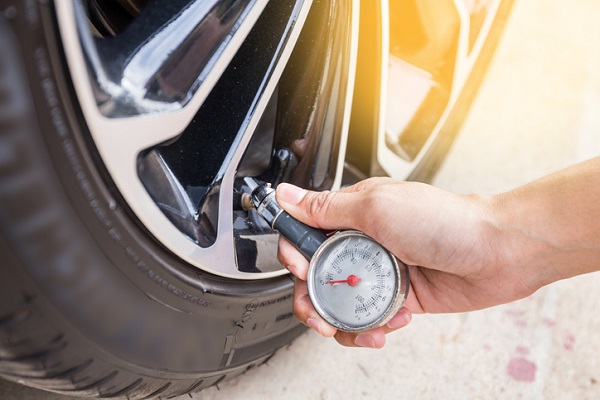
Properly inflating tires is one of the first things new drivers learn, but its importance still can’t be stressed often enough. Putting enough air pressure in tires—and doing it properly—will stabilize them and evenly distribute the car’s weight across the tires. It’s worth keeping in mind just how much of an impact this can have. In fact, too much or too little pressure can have some serious consequences while driving.
If you’re looking to enter the automotive industry, here are some factors that can potentially lead to troubles with tire pressure.
After Your Automotive Service Technician Training, Keep the Seasons in Mind
When inflating tires, those who already have automotive careers will tell you that it’s important to consider the different seasons, and how they affect tire pressure. In summer, the air you’re adding to tires is lighter and more humid, while you’re adding heavier, drier air while inflating tires during the winter months. This means that tires inflated during the winter won’t behave the same way during the summer, and vice versa.
In addition, you must also remember not to inflate tires to the maximum pressure, as that can not only affect the driver’s handling abilities and braking threshold, but decrease the tires’ lifespan in the process.

Sudden Changes in Temperature Can Affect Tire Pressure
Professionals know that temperature changes are also important to note, and that further inflation is needed when ambient temperatures fluctuate. Particularly in Canada, where temperatures can swing between 5 and 10°C at times, there is an increased need to regularly monitor tire pressure—especially since air expands in hot weather.
With every five degree change in temperature in either direction, the pressure changes by about 1 psi (pound per square inch), causing tire pressure to change by as much as 10 per cent if there’s a 15 degree change in temperature. Some cars will come equipped with sensors notifying drivers of low tire pressure, but it’s best that tire pressure is checked every month, or every time the temperature changes by 10 degrees or so.
How Fast the Car Has Been Driving Will Also Be Important
Though this might also seem fairly obvious even to those who don’t attend automotive service technician school, driving too fast can risk limiting a tire’s lifespan. As a result of their weight, tires’ sidewalls enlarge in size, and driving at increasingly fast speeds will cause them to deflect faster. If a client plans on driving their car at high speeds, the tires must be inspected and inflated properly, as they will be placed under much duress and carry heavy loads. Not only do fast speeds add to a driver’s fuel consumption, but their load capacity can decrease when speeds get over 240 km/h. Therefore, it’s best to increase tire pressure by 1 psi for every 10 km/h driven before reaching 210 km/h.

Are you hoping to start your automotive service technician training?
Contact Automotive Training Centres to find out more!

